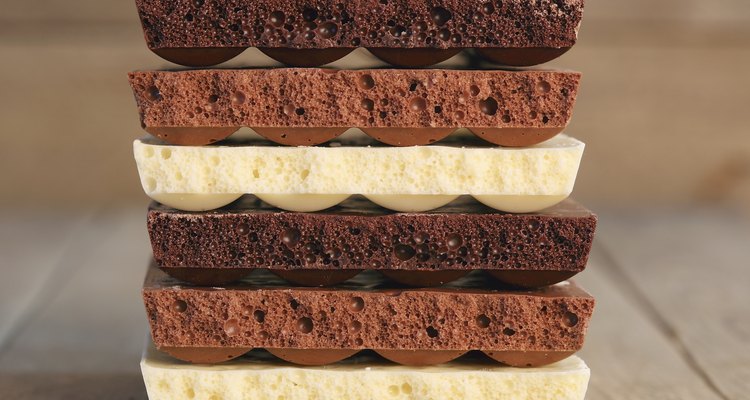
aksenya/iStock/Getty Images
Theobromine, an alkaloid similar in structure to caffeine, belongs to the methylxanthines family of naturally occurring stimulants. Although theobromine’s stimulant properties are much milder than those of caffeine, both substances have roughly the same diuretic properties. The cocoa bean is nature’s most concentrated source of theobromine, according to Hershey’s, one of the world’s largest manufacturers of chocolate. Although cocoa-based products are the richest food sources of theobromine, the alkaloid occurs naturally in a handful of other natural plant substances.
Benefits of Theobromine
Eating foods rich in theobromine offers a number of benefits beyond the alkaloid’s mild stimulant and moderate diuretic properties, according to the “National Geographic Desk Reference to Nature’s Medicine.” Theobromine helps to energize your nervous system while at the same time exerting a calming effect on your brain. The alkaloid’s ability to relax smooth muscles offers benefits in the bronchial passages by making breathing easier. The same mechanism relaxes the walls of your blood vessels, which slightly lowers blood pressure, and relaxes muscles in the digestive tract, which helps to minimize gastrointestinal problems.
Cocoa-Based Foodstuffs
Products made from cocoa beans are far and away the richest food source of theobromine. Data from the Merschat Nutrition website show that 100 g of dry cocoa powder, unsweetened and processed with alkali, contain 2,634 mg of theobromine. Other foods in this category -- and their theobromine content per 100 g -- include dry cocoa powder, high-fat or breakfast, processed with alkali, 2,445 mg; dry cocoa powder, unsweetened, 2,057 mg; baking chocolate liquid, unsweetened, 1,597 mg; and chocolate dairy drink mix, sweetened with aspartame, 833 mg. Other theobromine-rich cocoa-based foodstuffs include dark chocolate candies, 70 percent to 85 percent cacao solids, 802 mg; cocoa mix powder, unsweetened, 658 mg; dark chocolate candies, 60 percent to 69 percent cacao solids, 632 mg; chocolate flavor pudding mix, low calorie, 596 mg; and dark chocolate candies, 45 percent to 59 percent cacao solids, 493 mg.
Instant Tea Drinks
Although the levels of theobromine are far lower than those found in cocoa-based products, instant tea mixes also contain small amounts of the alkaloid, which is also found naturally in Camellia sinensis, the plant from which black and green teas are derived. Representative theobromine contents, according to the Merschat Nutrition website, include unsweetened instant tea mix, lemon flavor, 40 mg; saccharine-sweetened instant tea mix, lemon flavor, 24 mg; unsweetened instant tea mix, decaffeinated, 11 mg; and saccharine-sweetened instant tea mix, decaffeinated, 4 mg.
Other Foods
Nutritionist David Wolfe, author of “Naked Chocolate: The Astonishing Truth About the World’s Greatest Food,” reports that theobromine is also present in yerba mate and kola nuts. Yerba mate is a popular tealike beverage brewed from the dried plant materials of Ilex paraguariensis, while the kola nut provides the primary flavoring ingredient in cola drinks. Guarana, a stimulant extracted from the seeds of a climbing shrub native to Brazil, also contains theobromine.
Related Articles

The Antioxidant Levels of Cacao

Caffeine in Chocolate Versus Coffee
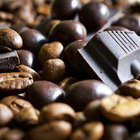
Number of Calories in Dark ...

How Much Caffeine Is in Tootsie Rolls?
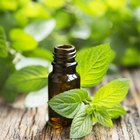
Calories in Peppermint Extract

Chocolate Martini: How Many Calories?

Nutrition Information for Nabisco Teddy ...
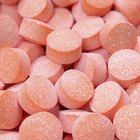
Benefiber Ingredients

How Many Types of Chocolate Are There?

Description & Characteristics of ...
Keurig Coffee Nutrition
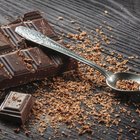
The Best Brands of Chocolate to Eat For ...
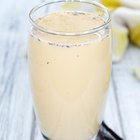
Nutrition Information For a 16-Ounce ...

Stimulants in Chocolate That Are not ...
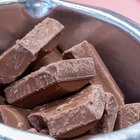
Chocolate and Vitamins
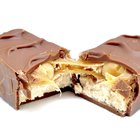
How Many Calories Are in a Fun Size ...

Difference Between American and ...

How Does Chocolate Affect the Nervous ...

Tanqueray Gin Ingredients

How to Substitute Cocoa Powder for ...
References
Resources
Writer Bio
Don Amerman has spent his entire professional career in the editorial field. For many years he was an editor and writer for The Journal of Commerce. Since 1996 he has been freelancing full-time, writing for a large number of print and online publishers including Gale Group, Charles Scribner’s Sons, Greenwood Publishing, Rock Hill Works and others.
Photo Credits
aksenya/iStock/Getty Images